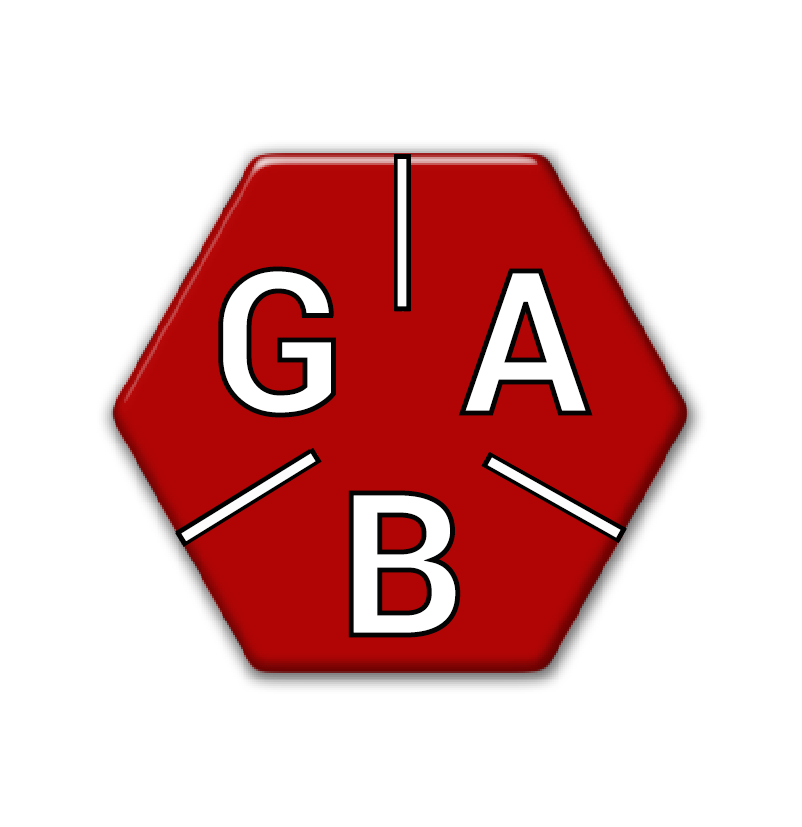Here’s what you need to know.
The purpose of Engineering Brief No. 83 is to “provide information and guidance for standard methods to be employed only when using stainless steel or coated carbon steel bolts to secure light fixtures to L-868 light bases or extension cans to light bases or light fixtures.” The brief goes on to state that, “Bolt tension and clamping force are discussed in depth to both test and arrive at bolt torque values.” A preliminary draft of the revised brief has been released to the public, by the FAA, and this article will list the major changes and explain what they mean to you.
1. “The governing modern commercial aircraft wheel loading generates a maximum horizontal shear force on the light fixtures of 11,760 pounds. This requires to a clamping force of 4,900-pound per bolt to resist the governing horizontal shear force based on a static friction coefficient at the faying surfaces of 0.40.”
Advisory Circular 150/5345-46 requires light fixtures to withstand a horizontal shear force of 3,000 lbs. However, testing has determined that 3,000 lbs. is not the maximum wheel loading of a commercial aircraft. In order to resist this maximum shear force, a clamping force of 4,900 lbs. per bolt is now being recommended. This means that choosing the right bolt is more important than ever, and brings us to the next major change:
2. “Based on the 4,900 pound clamping force requirement, a 3/8-inch diameter bolt must have a minimum proof strength or yield strength, as applicable, equivalent to an ASTM F593P Alloy Group 410 or SAE J429 Grade 5 material. The strength requirement is based on torqueing the bolts to a preload not to exceed 75% of bolt material minimum yield strength or proof load.”
Previously, 18-8 stainless steel and Grade 2 coated, carbon steel were acceptable materials to use for bolts securing light fixtures. Under the new revision, neither of these materials can achieve the required clamping force using a 3/8-inch bolt. The brief now states that bolts used to secure light fixtures must be able to achieve 4,900 lbs. of clamping force while not exceeding 75% of their proof/yield strength. These numbers are based on the minimum proof/yield strengths of ASTM F593P and SAE J429 Grade 5 steels.
3. “In order to ensure the system meets requirements, it will be recommended that a determination be made as to what torque values are necessary to attain the 4,900 pounds clamping force. It would be strongly recommended that a mock-up of their system be assembled with the light and base can, grade of bolt, lock washer (if used) as well as any anti-seize (if used). The mock-up should be tested in a bolt tension calibrator (Skidmore Wilhelm or equal) to determine the torque necessary to develop the required clamping force for that specific system. There will be no evidence of damage to any of the hardware once the required torque is reached.”
Skidmore-Wilhelm bolt tension calibrators are tremendously useful tools that display bolt tension (which translates to clamping force) at a given torque value. They provide reassurance by showing actual, achieved clamping force instead of relying on torque alone. Since changing any component in the light fixture system (e.g. bolt, lock washer, etc.) will affect clamping force, the whole system should be tested in order to determine the correct torque value to achieve the desired clamping force.
All of this technical information can be a lot to take in.
Don’t worry, we’ve got you covered.
GBA Components bolts are already made from SAE J429 Grade 5 steel. They do not require anti-seize, and can easily achieve 4,900 lbs. without coming close to 75% of their proof load. Most importantly, we’ve done extensive testing of our system using a Skidmore-Wilhelm bolt tension calibrator so you don’t have to. All of this adds up to an easy and seamless transition for you. In fact, the engineering brief even states, “…the use of coated carbon steel bolts is highly recommended.”
By using our system of Grade 5, fluoropolymer coated bolts, along with Heico stainless steel, wedge lock washers, you can be sure that your light fixtures will be safe and in compliance with these new FAA recommendations. You can expect the revised engineering brief to be made official in the near future, but if you’d like to read through the preliminary draft, click here. If you have any questions/concerns regarding the new brief, or would like more information on our products, please get in touch with us by phone, or through the “Contact” page on our website.
